Opiods
Opiods
Vendor: Chris Hall
Telegram username: @Chrishall070
Description
Heroin, Oxycodone ,Buprenorphine, Opium ,Morphine ,Codeine ,Hydrocodone ,Hydrocodone, Tramadol, Methadone,. Fentanyl All available. discrete shipping. bitcoin/ Monero Accepted..min order 100$
Opioids are a class of drugs commonly prescribed to manage pain. They include both prescription opioids, such as oxycodone, morphine, and hydrocodone, as well as illegal substances like heroin. While opioids can be effective for short-term pain relief, their misuse has fueled a global opioid crisis, making education on this topic essential.
Medical Uses of Opioids
Doctors prescribe prescription opioids to patients suffering from severe pain after surgery, injury, or chronic conditions like cancer. These drugs work by binding to opioid receptors in the brain and spinal cord, reducing pain signals. When used under medical supervision, opioids can improve quality of life for patients in need. However, the line between medical use and opioid addiction can be dangerously thin.
The Risks of Opioid Addiction
One of the most significant concerns with opioids is their high potential for dependence. Even when taken as prescribed, some individuals may develop tolerance, requiring higher doses for the same effect. This can lead to misuse and, ultimately, opioid addiction. Addiction not only harms physical health but also affects mental well-being, relationships, and overall stability.
The opioid crisis has demonstrated the widespread impact of addiction, with thousands of deaths annually due to opioid overdose. Overdoses occur when the body cannot handle high levels of opioids, often leading to respiratory failure. Naloxone, an emergency medication, can reverse an opioid overdose, but prevention remains the most effective strategy.
Signs of Opioid Dependence and Withdrawal
Recognizing the signs of opioid dependence early is crucial. Symptoms include cravings, mood swings, and neglect of responsibilities. When individuals attempt to stop using, they may experience opioid withdrawal. Withdrawal symptoms range from nausea and anxiety to insomnia and muscle pain. These symptoms can be severe, making professional opioid treatment and support vital for recovery.
Treatment and Recovery Options
Overcoming opioid addiction is possible with the right treatment. Medical detox, counseling, and behavioral therapy form the foundation of most programs. Medication-assisted treatments, such as methadone or buprenorphine, help manage opioid withdrawal and reduce cravings.
Equally important is long-term support through therapy and community groups. Successful opioid recovery often involves addressing not just the physical dependence but also the emotional and psychological challenges that come with addiction.
Preventing Opioid Misuse
Education is a key tool in combating the opioid crisis. Patients should discuss pain management alternatives with their doctors, such as physical therapy or non-opioid medications. Safe disposal of unused prescriptions and awareness of the dangers of sharing medications also reduce risks.
Conclusion
Opioids remain an important medical tool, but their misuse carries serious risks. Understanding the balance between medical necessity and potential harm is crucial in reducing the impact of the opioid crisis. With proper education, prevention strategies, and access to opioid treatment programs, individuals and communities can take meaningful steps toward healthier, safer lives.


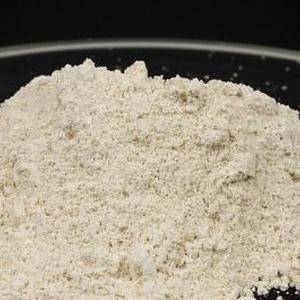

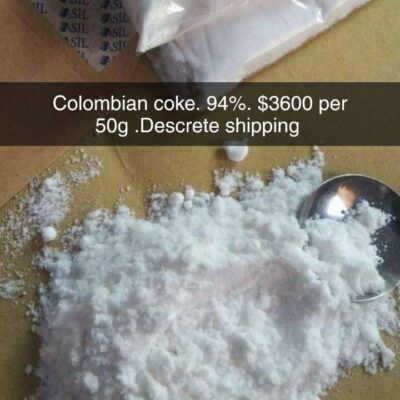







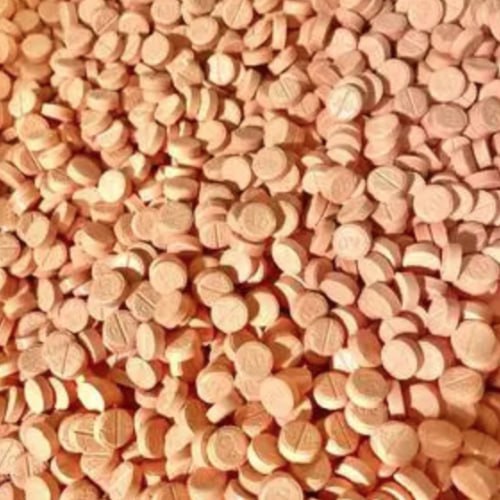
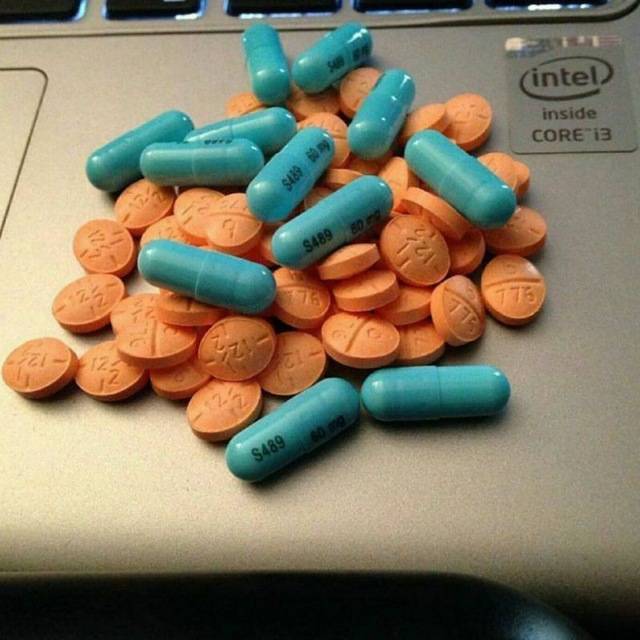
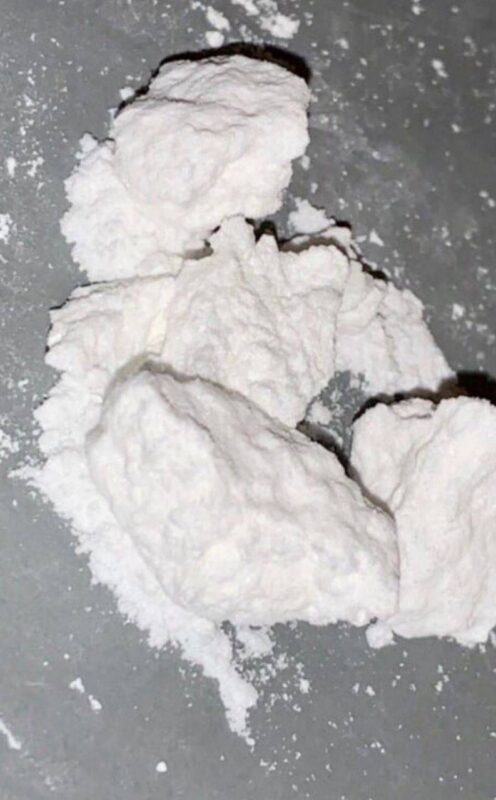
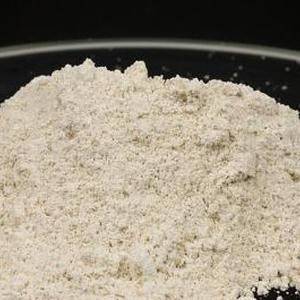

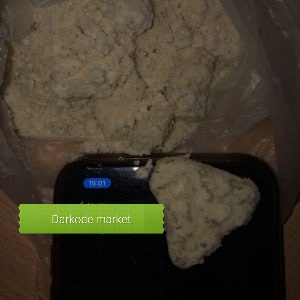

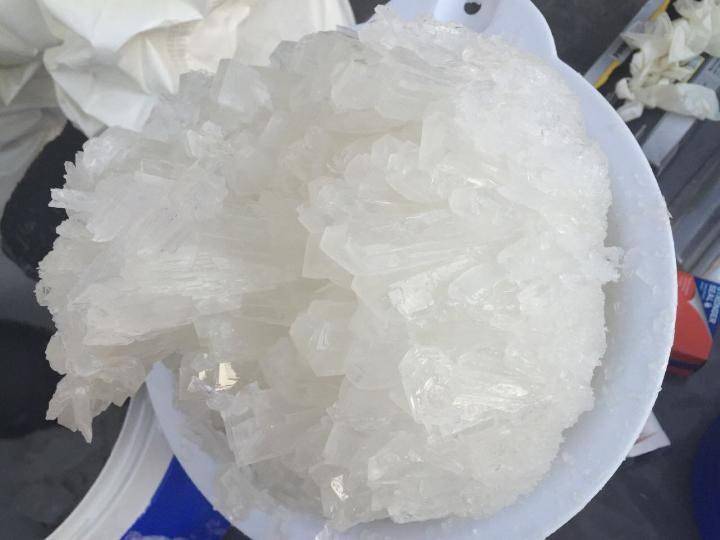
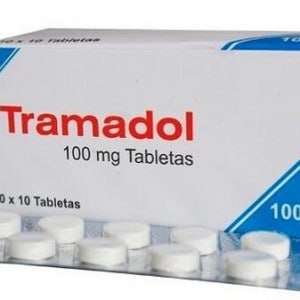
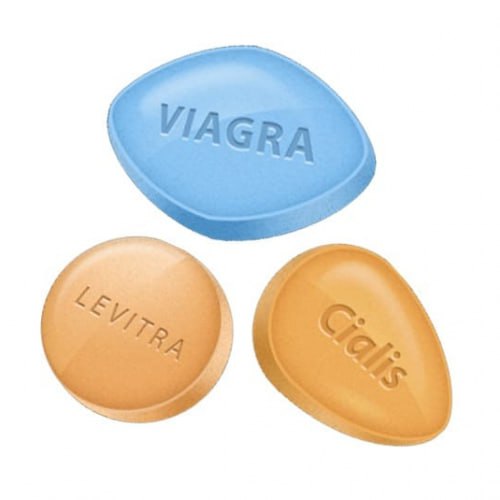


Reviews
Clear filtersThere are no reviews yet.